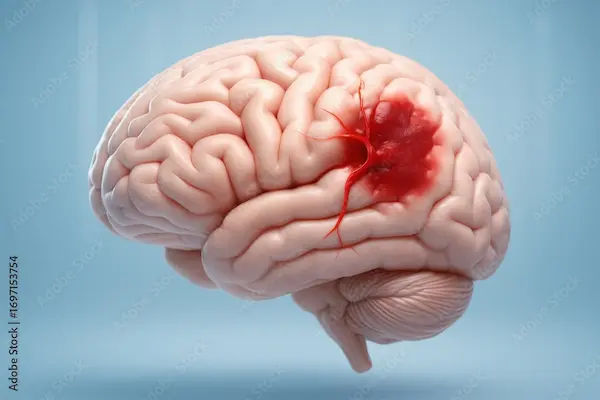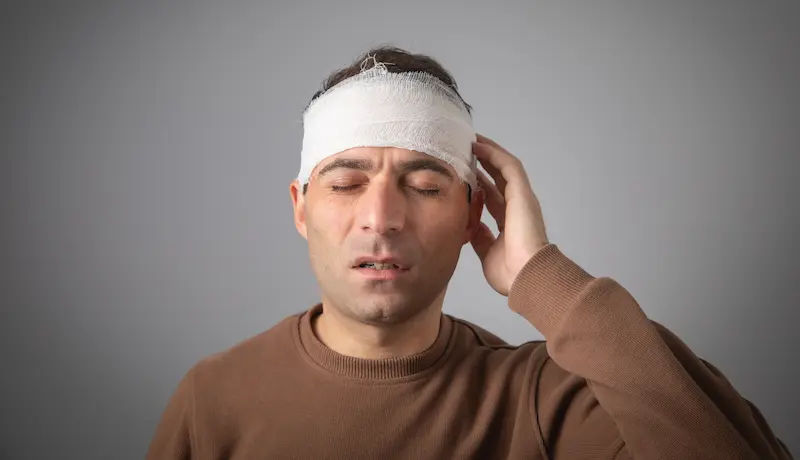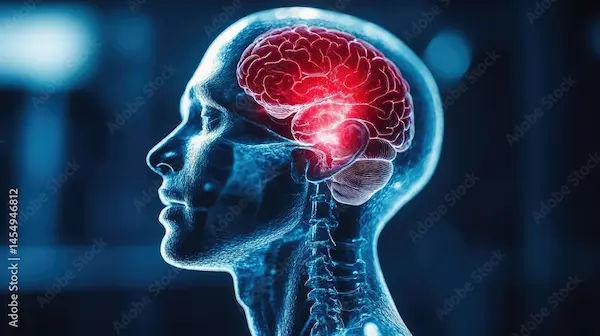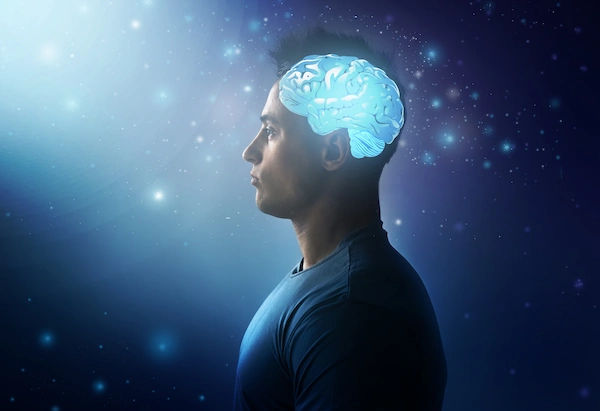Guide to Recognising Signs Brain Haemorrhage
Know about the brain haemorrhage, what it is, signs, symptoms, causes, types of haemorrhage, diagnosis, treatment options and preventive care for brain haemorrhage.

Written by Dr. Siri Nallapu
Reviewed by Dr. Shaik Abdul Kalam MD (Physician)
Last updated on 7th Oct, 2025

Introduction
A brain haemorrhage is a terrifying and life-threatening medical emergency where bleeding occurs in or around your brain tissue. This bleeding puts immense pressure on the brain, depriving it of vital oxygen and nutrients; every minute counts, as brain cells begin to die rapidly. Understanding the signs of a brain haemorrhage is not just about medical knowledge; it's about having the power to save a life—possibly your own or that of a loved one. This guide will walk you through everything you need to know, from the subtle early warnings to the critical red flags that demand immediate action. We will demystify the causes, explain the different types, and outline the crucial steps from diagnosis to treatment, empowering you with the knowledge to act decisively in a crisis.
What Exactly is a Brain Haemorrhage?
A brain haemorrhage, also known as an intracranial haemorrhage or a haemorrhagic stroke, refers to uncontrolled bleeding within the skull. Unlike a stroke caused by a clot (ischemic stroke), a haemorrhagic stroke is caused by a burst blood vessel. This creates a pool of blood called a hematoma, which compresses the delicate brain tissue. This compression disrupts the brain's normal functioning, leading to a wide range of symptoms associated with this condition.
Consult a Top Neurologist for Personalised Advice
Bleeding in a Delicate Space: Why It's So Dangerous
The human skull is a rigid, bony box that protects the brain. However, this also means there's no extra space. When bleeding occurs, the accumulated blood has nowhere to go. This increases intracranial pressure (ICP), which can:
- Damage or destroy sensitive brain cells.
- Reduce or block blood flow to other parts of the brain, causing further damage (ischemia).
- Displacement of brain structures, which can be fatal if it affects areas that control breathing or heart function.
The Critical Warning Signs You Must Not Ignore
Recognising the symptoms of a brain haemorrhage is the single most important factor in getting timely help. Symptoms
can appear suddenly and intensify quickly. The key is to look for a combination of the following signs, especially if they
are severe and come on abruptly.
Sudden, Severe Headache: The "Thunderclap" Headache
Often described as the "worst headache of your life," this is a classic sign, particularly of a subarachnoid haemorrhage.
It's frequently called a thunderclap headache because it hits with maximum intensity in less than a minute. If you or
someone experiences a headache unlike any they've had before, it should never be dismissed.
Neurological Symptoms: Weakness, Numbness, and Vision Changes
As the bleeding affects specific areas of the brain, it can disrupt neural pathways, leading to:
- Sudden weakness or numbness: Typically on one side of the body, affecting the face, arm, or leg. This is similar to the
signs of an ischemic stroke. - Vision problems: Blurred, double, or dimmed vision, or a sudden loss of vision in one or both eyes.
- Difficulty speaking or understanding speech: Slurred speech, gibberish, or an inability to comprehend what others are
saying.
Cognitive and Physical Disturbances: Nausea, Seizures, and Loss of Balance
Other common signs that often accompany the symptoms above include:
- Nausea and vomiting: Often projectile and unexplained.
- Seizures: Especially in someone with no prior history of epilepsy.
- Loss of balance or coordination: Stumbling, dizziness, or an inability to walk properly.
- Decreased alertness, lethargy, or loss of consciousness: The person may become confused, drowsy, or collapse
completely.
Different Types of Brain Haemorrhage and Their Specifics
Not all brain bleeds are the same. The location of the bleeding determines the type of haemorrhage, which influences
the symptoms and treatment.
Intracerebral Haemorrhage (ICH): Bleeding Within the Brain Tissue
This is the most common type of haemorrhagic stroke, where a blood vessel within the brain itself ruptures and bleeds
into the surrounding tissue. High blood pressure is the primary cause, as it weakens small arteries over time until they burst.
Subarachnoid Haemorrhage (SAH): Bleeding on the Brain's Surface
This occurs in the subarachnoid space, the area between the brain and the thin tissues that cover it. The hallmark
symptom is the sudden, severe thunderclap headache. A common cause is the rupture of a brain aneurysm (a weak,
bulging spot on a brain artery).
What Causes a Brain Haemorrhage?
Understanding the causes can help in prevention. The causes of bleeding in the brain generally fall into two categories.
Underlying Health Conditions: High Blood Pressure and Aneurysms
These include:
Chronic Hypertension: Persistently high blood pressure is the leading cause of ICH. It stresses blood vessel walls,
making them prone to rupture.
Cerebral Aneurysms: These are like tiny, weak balloons on an artery. If they burst, they cause a subarachnoid
haemorrhage.
Arteriovenous Malformations (AVMs): Tangled blood vessels present from birth that can rupture.
Amyloid Angiopathy: A condition where protein deposits weaken blood vessels in the elderly.
External Factors: Head Trauma and Lifestyle Choices
The external factors include:
- Head Trauma: This is a major cause, especially in young people. A severe blow to the head can tear blood vessels.
- Blood Thinners: Medications like warfarin can increase the risk of bleeding.
- Lifestyle Factors: Smoking, excessive alcohol consumption, and illicit drug use (like cocaine) can significantly elevate
risk.
How is a Brain Haemorrhage Diagnosed?
Speed is critical. In the emergency room, doctors will perform a rapid neurological exam. The gold standard for
diagnosis is a brain scan.
The Role of Brain Scans: CT and MRI
A CT scan (Computed Tomography) is usually the first test performed. It's fast and highly effective at detecting fresh
blood in the brain. If more detail is needed, an MRI (Magnetic Resonance Imaging) may be used to get a more precise view of the brain tissue and the source of the bleed.
Immediate Treatment Options for a Brain Bleed
The primary goals of treatment for a brain bleed are to stop the bleeding, remove the accumulated blood, and relieve
pressure on the brain.
Surgical Interventions: Clipping, Coiling, and Craniotomy
- Surgical Clipping: A neurosurgeon places a tiny clip at the base of an aneurysm to stop blood flow to it.
- Endovascular Coiling: A less invasive procedure where a catheter is threaded through blood vessels to the aneurysm,
which is then filled with platinum coils to seal it off. - Craniotomy: In cases of large hematomas, a section of the skull may be removed to access the brain and evacuate the
clot.
Medication and Supportive Care
This includes drugs to control blood pressure, prevent seizures, reduce brain swelling, and manage pain. If the bleed was
caused by blood thinners, medications to reverse their effect will be administered.
The Road to Recovery and Potential Complications
Recovery after a brain haemorrhage is a long and challenging process that varies greatly from person to person. It often
involves intensive rehabilitation, physical, occupational, and speech therapy. Potential complications can include
permanent neurological deficits, cognitive difficulties, and emotional changes. The extent of recovery depends on the
bleed's size, location, and how quickly treatment was received.
Can You Prevent a Brain Haemorrhage?
While not all brain haemorrhages are preventable, you can drastically reduce your risk by managing underlying
conditions. This involves:
- Controlling blood pressure: This is the most important step.
- Managing a healthy lifestyle: Not smoking, maintaining a healthy weight, and exercising regularly.
- Wearing protective gear: Using seatbelts and helmets to prevent head trauma.
- Discussing medications: If you are on blood thinners, you should have regular monitoring with your doctor.
If you have risk factors like high blood pressure, it's crucial to manage them proactively. You can consult a doctor
online with Apollo24|7 to create a personalised management plan and monitor your health effectively.
Conclusion
A brain haemorrhage is a race against time. The information in this guide is not meant to frighten you, but to empower you. Knowing the critical warning signs—the sudden, severe headache, the unexplained weakness, the vision changes—can make the difference between life and death, or between a full recovery and long-term disability. Trust your instincts. If you suspect a brain haemorrhage, do not wait. Call for emergency medical help immediately. Your swift action is the first and most critical step in the chain of survival.
Consult a Top Neurologist for Personalised Advice
Consult a Top Neurologist for Personalised Advice

Dr. Aditendraditya Singh Bhati
Neurosurgeon
21 Years • MBBS(2004), DNB Neurosurgery(2014); MNAMS; Fellow Skull Base Endoscopy (Italy), Fellow Extended Skull Base ( Weill Cornell, USA), Fellow ZAP-X Radiosurgery. Member of American Association of Neurological Surgeons
Delhi
Apollo Hospitals Indraprastha, Delhi
(100+ Patients)

Dr. Ganeshgouda Majigoudra
Neurologist
10 Years • MBBS, MD ( GENERAL MEDICINE) DM (NEUROLOGY)
Bengaluru
Apollo Clinic, JP nagar, Bengaluru

Dr. E Prabhakar Sastry
General Physician/ Internal Medicine Specialist
40 Years • MD(Internal Medicine)
Manikonda Jagir
Apollo Clinic, Manikonda, Manikonda Jagir
(150+ Patients)

Dr Rajashekar Mummadi
Neurologist
3 Years • MBBS, DNB General Medicine, DRNB Neurology
Hyderabad
Dr Ram's Neuro Clinic, Hyderabad
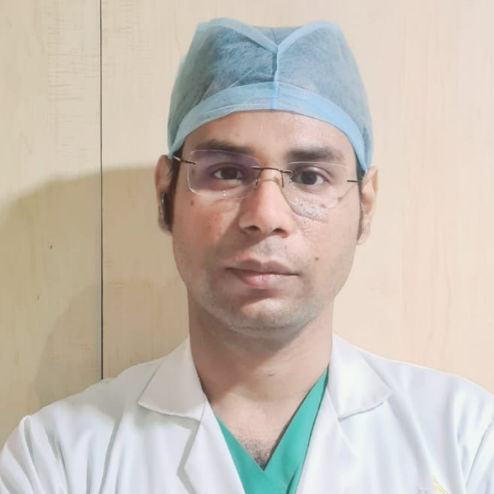
Dr Debnath Dwaipayan
Neurosurgeon
9 Years • MBBS, MS(Gen. Surgery), DrNB (Neurosurgery)
Delhi
Apollo Hospitals Indraprastha, Delhi
Consult a Top Neurologist for Personalised Advice

Dr. Aditendraditya Singh Bhati
Neurosurgeon
21 Years • MBBS(2004), DNB Neurosurgery(2014); MNAMS; Fellow Skull Base Endoscopy (Italy), Fellow Extended Skull Base ( Weill Cornell, USA), Fellow ZAP-X Radiosurgery. Member of American Association of Neurological Surgeons
Delhi
Apollo Hospitals Indraprastha, Delhi
(100+ Patients)

Dr. Ganeshgouda Majigoudra
Neurologist
10 Years • MBBS, MD ( GENERAL MEDICINE) DM (NEUROLOGY)
Bengaluru
Apollo Clinic, JP nagar, Bengaluru

Dr. E Prabhakar Sastry
General Physician/ Internal Medicine Specialist
40 Years • MD(Internal Medicine)
Manikonda Jagir
Apollo Clinic, Manikonda, Manikonda Jagir
(150+ Patients)

Dr Rajashekar Mummadi
Neurologist
3 Years • MBBS, DNB General Medicine, DRNB Neurology
Hyderabad
Dr Ram's Neuro Clinic, Hyderabad

Dr Debnath Dwaipayan
Neurosurgeon
9 Years • MBBS, MS(Gen. Surgery), DrNB (Neurosurgery)
Delhi
Apollo Hospitals Indraprastha, Delhi
More articles from Brain Injury
Frequently Asked Questions
1. What is the difference between a stroke and a brain haemorrhage?
A stroke is an umbrella term for when blood flow to a part of the brain is interrupted. An ischemic stroke is caused by a clot blocking a blood vessel. A haemorrhagic stroke (brain haemorrhage) is caused by a burst blood vessel bleeding into the brain. Both are emergencies, but treatments differ.
2. Can a person survive a brain haemorrhage?
Yes, survival is possible, especially with rapid treatment. The survival rate and quality of life depend heavily on the bleed's size, location, and how quickly medical care is received. Many survivors go on to live fulfilling lives, though often with a period of rehabilitation.
3. What are the long-term effects after a brain haemorrhage?
Long-term effects vary widely and can include physical challenges (weakness, paralysis), cognitive issues (memory, concentration), speech difficulties, and emotional changes. Rehabilitation therapy is crucial for maximising recovery.
4. What are the first signs of a brain bleed?
The first signs are often sudden and severe. They can include a thunderclap headache, dizziness, a sudden episode of weakness, or a tingling sensation on one side of the body. These symptoms typically escalate quickly.
5. Who is most at risk for a brain haemorrhage?
People with uncontrolled high blood pressure, smokers, those who abuse alcohol or drugs, and individuals with conditions like aneurysms or AVMs are at higher risk. Age is also a factor, as blood vessels weaken over time.
